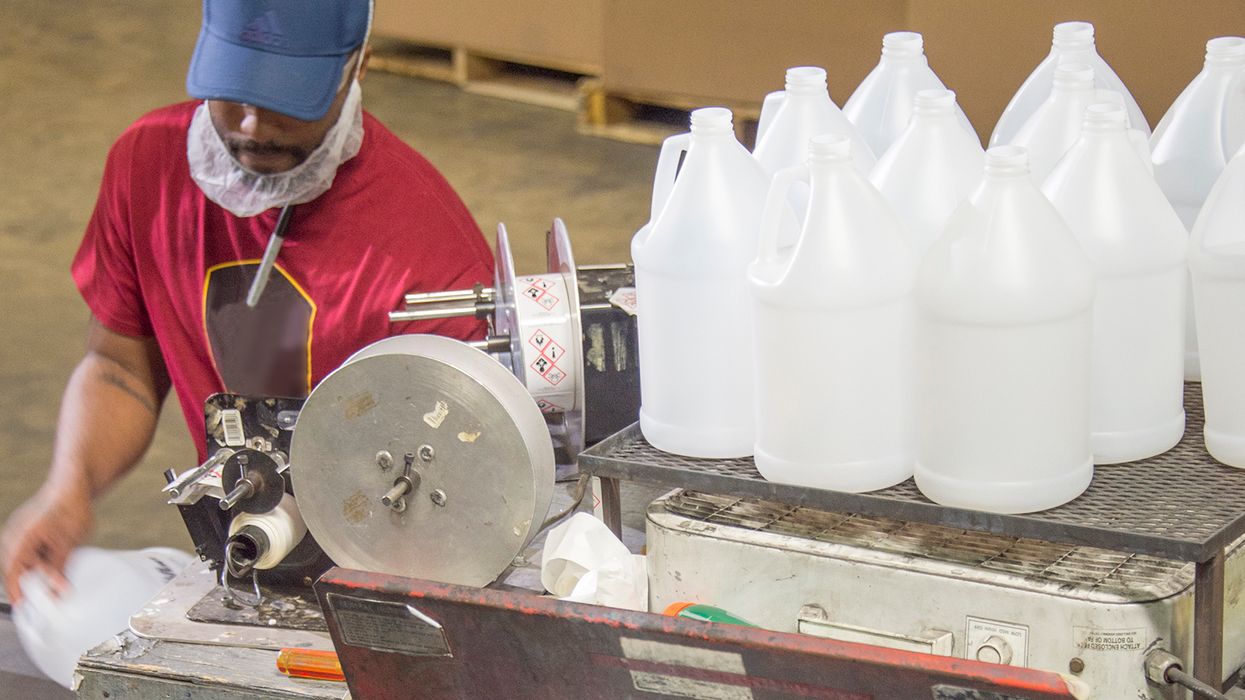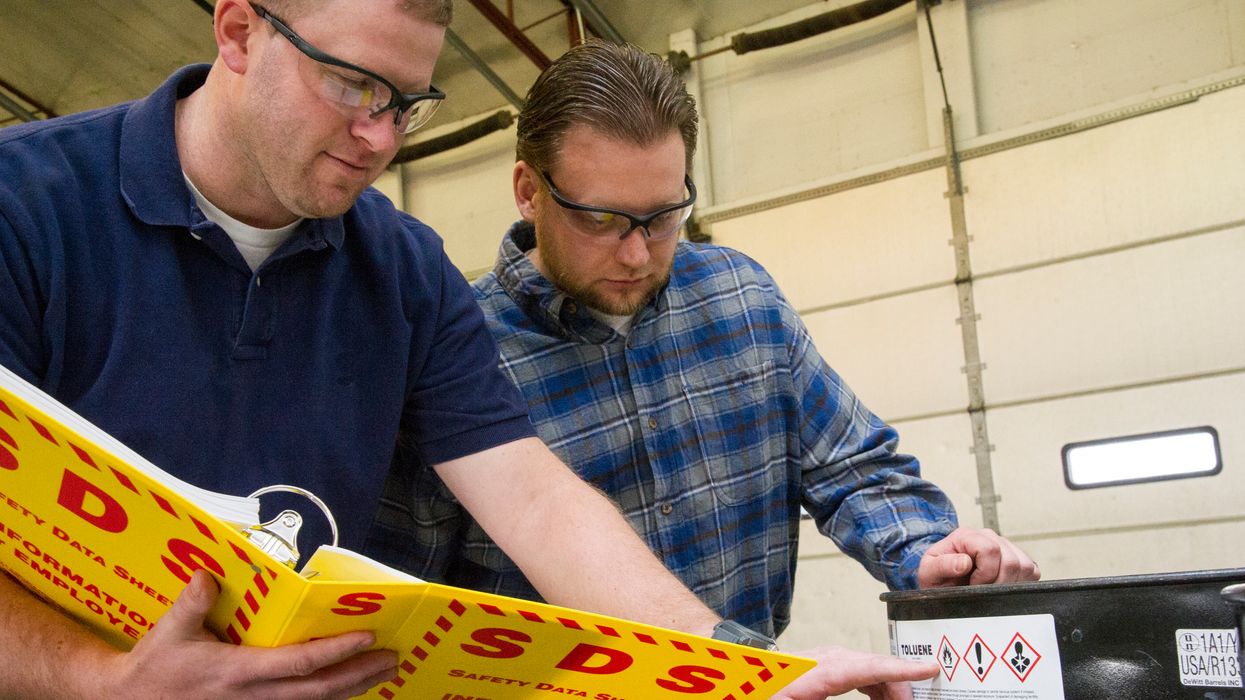4 risk assessment tools for safety managers
A key part of your job as a safety manager is to effectively assess and manage workplace safety risks. But what exactly is “risk” and how do we assess it?
Simply stated, risk refers to the probability an incident will occur multiplied by the severity that would result from such an incident. By assessing for risk, safety professionals can prioritize which hazards to address first, as well as which controls should be utilized.
Here are four commonly used risk assessment tools that enhance workplace safety:
1. Risk Matrix
A risk matrix is a simple yet powerful tool that evaluates the severity of potential hazards and their likelihood of occurring. It typically consists of a grid where one axis represents the likelihood of a hazard occurring (ranging from unlikely to almost certain), and the other axis represents the severity of the hazard's impact (ranging from minor to catastrophic).
The risk matrix helps prioritize risks by categorizing them into different levels of severity and likelihood.
By plotting hazards on the matrix, safety managers can easily see which risks require immediate attention and which are less critical. This visualization aids in focusing resources and efforts on the most significant risks, ensuring that the most dangerous and probable hazards are addressed first.
The risk matrix is particularly useful in environments with numerous potential hazards, allowing for a clear and structured approach to risk management.
2. Job Safety Analysis (JSA)
Job Safety Analysis (JSA) is a process that involves breaking down a job into its individual tasks and identifying potential hazards associated with each task. This detailed analysis helps in understanding the specific risks involved in every step of a job.
JSA promotes a thorough understanding of job tasks and associated risks, enabling the development of specific safety measures for each task.
By dissecting a job into smaller components, safety managers can identify hidden dangers that might not be apparent when looking at the job as a whole. This granular approach ensures that all potential hazards are considered and mitigated, leading to a safer work environment.
JSA is particularly effective in industries where tasks are repetitive and procedural, such as manufacturing and construction.
3. Hazard and Operability Study (HAZOP)
A Hazard and Operability Study (HAZOP) is a systematic and structured technique for identifying and evaluating potential hazards in processes and operations. It involves a detailed examination of the process and equipment to identify deviations from normal operation that could lead to hazards.
HAZOP is used primarily in industries with complex processes, such as chemical, oil, and gas industries as part of a process hazard analysis. It analyzes deviations from normal operations and their potential impacts on safety.
By systematically exploring possible deviations (e.g., too much, too little, none, reverse), HAZOP helps identify not only what can go wrong but also the underlying causes and potential consequences.
This thorough analysis is essential for developing robust safety systems and procedures that prevent accidents and ensure operational safety.
4. Failure Mode and Effects Analysis (FMEA)
Failure Mode and Effects Analysis (FMEA) is a methodical approach for identifying potential failure modes within a system, process, or product and assessing their effects on safety and operations. It involves examining each component or step to determine how it might fail and what the consequences of such failures would be.
FMEA helps prioritize potential failures based on severity, occurrence, and detectability, allowing for targeted interventions to mitigate risks.
By focusing on the most critical failure modes, safety managers can implement effective controls and preventive measures.
FMEA is widely used in industries such as aerospace, automotive, and manufacturing, where understanding and mitigating failure risks are paramount to ensuring safety and reliability.
Benefits of Risk Assessment
Risk assessment tools are helpful for safety managers because they provide structured methods for identifying, evaluating, and prioritizing potential hazards in the workplace. These tools help safety managers:
- Identify hazards: Systematically uncover all possible risks associated with tasks, processes, or systems.
- Evaluate severity and likelihood: Assess the potential impact and probability of each hazard occurring.
- Prioritize risks: Focus resources and efforts on the most critical risks, ensuring that the most dangerous and likely hazards are addressed first.
- Develop mitigation strategies: Create targeted interventions and safety measures to control or eliminate identified risks.
- Communicate safety issues: Safety professionals can use risk to communicate to upper management the impact of specific issues on the business.
- Improve decision-making: Make informed decisions based on comprehensive and detailed risk assessments, leading to enhanced workplace safety and the prevention of accidents.
Key to remember: Each of these risk assessment tools offers a unique perspective on risk management and can be used individually or in combination to create a comprehensive safety management system.



















































